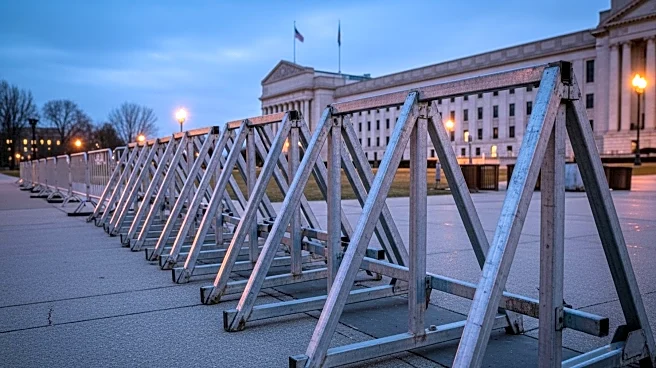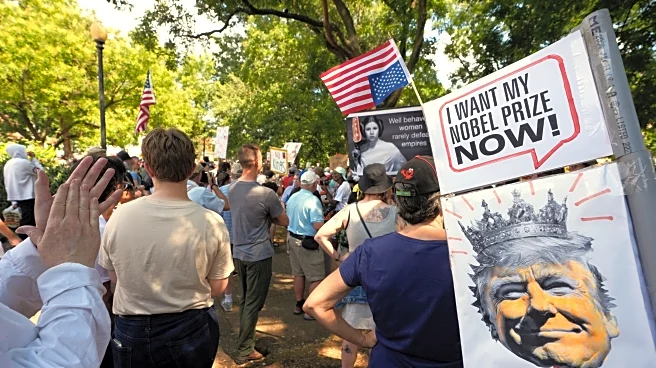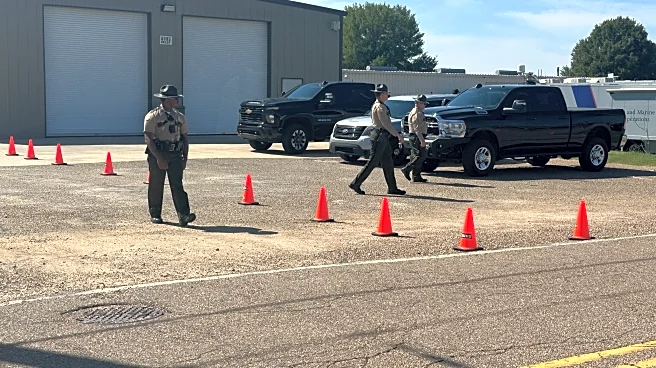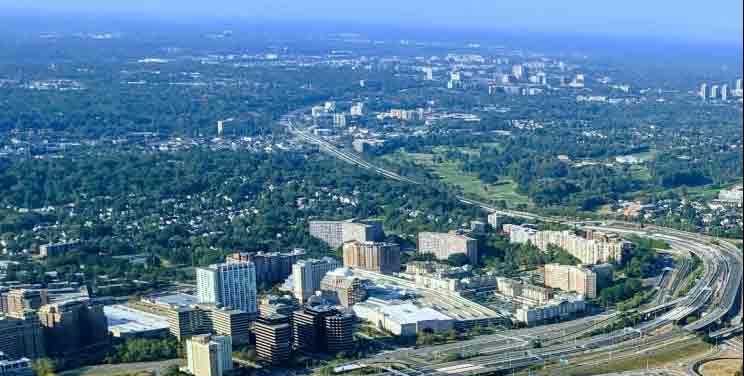What's Happening?
Illinois State Police were present in Broadview, Illinois, alongside local and federal agencies to manage a protest at an ICE processing facility. The protest, part of a series of demonstrations, saw around 100 participants. Concrete barriers were installed to create a designated protest zone, preventing demonstrators from blocking roadways. Despite Illinois' sanctuary laws, which restrict local police from engaging in federal immigration enforcement, state police were involved in crowd control. The Illinois State Police, along with other agencies, formed a temporary unified command to ensure public safety. The presence of state police has raised questions due to Illinois' TRUST Act, which limits local law enforcement's involvement in federal immigration matters.
Why It's Important?
The involvement of Illinois State Police in managing protests at an ICE facility highlights the tension between state sanctuary laws and federal immigration enforcement. While the TRUST Act restricts local police from participating in immigration enforcement, it does not prevent them from maintaining public order during protests. This situation underscores the complex relationship between state and federal authorities in immigration matters. The presence of state police, despite sanctuary laws, may influence public perception and policy discussions regarding state compliance with federal immigration operations. It also raises concerns among immigrant rights advocates about the potential for state resources being used in ways that indirectly support federal immigration enforcement.
What's Next?
The ongoing protests at the Broadview ICE facility are likely to continue, potentially prompting further involvement from state and local law enforcement. Illinois officials, including Governor JB Pritzker and Attorney General Kwame Raoul, have reiterated their commitment to the TRUST Act, emphasizing that state police are not engaging in immigration enforcement. However, the situation may lead to increased scrutiny of how state resources are utilized in contexts involving federal immigration activities. Future protests could see similar law enforcement responses, and the dialogue between state and federal authorities on immigration enforcement may evolve as a result.












